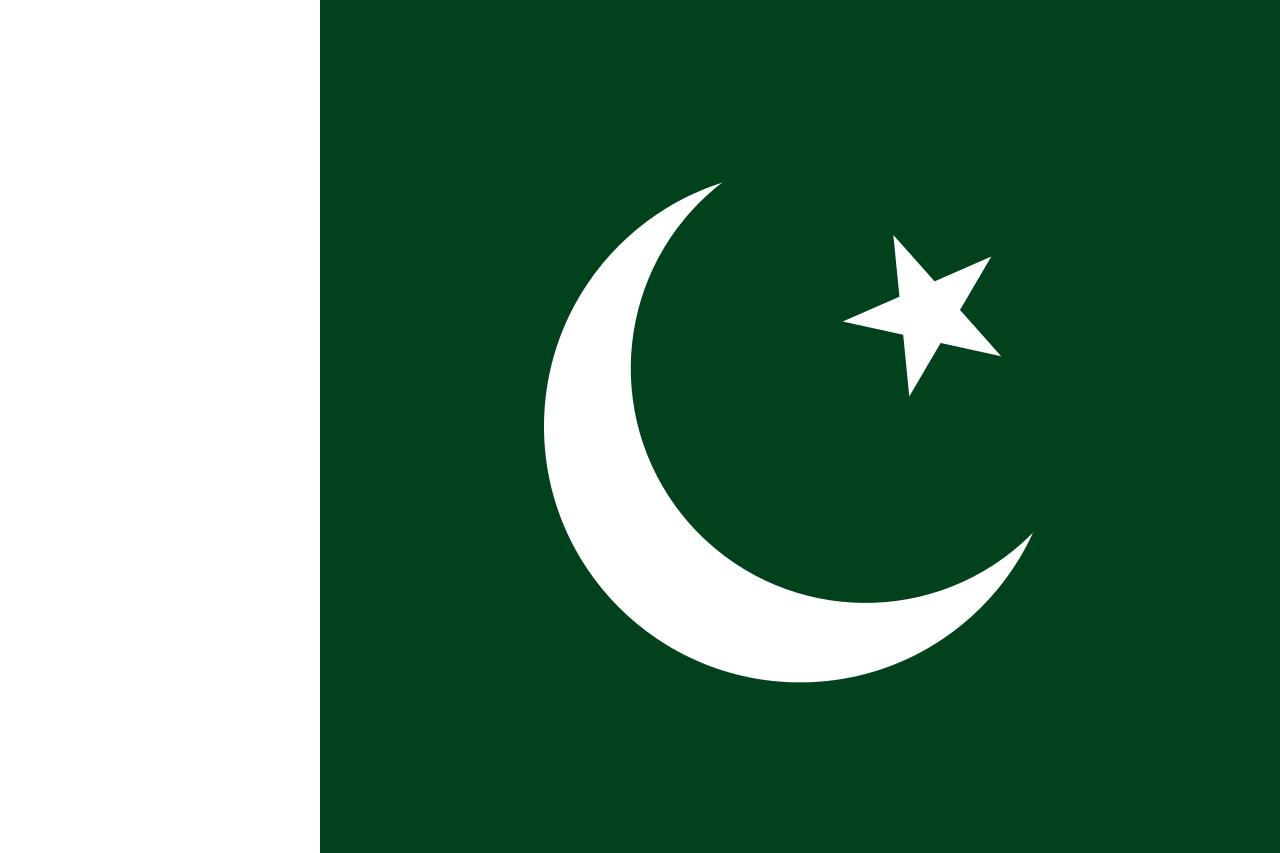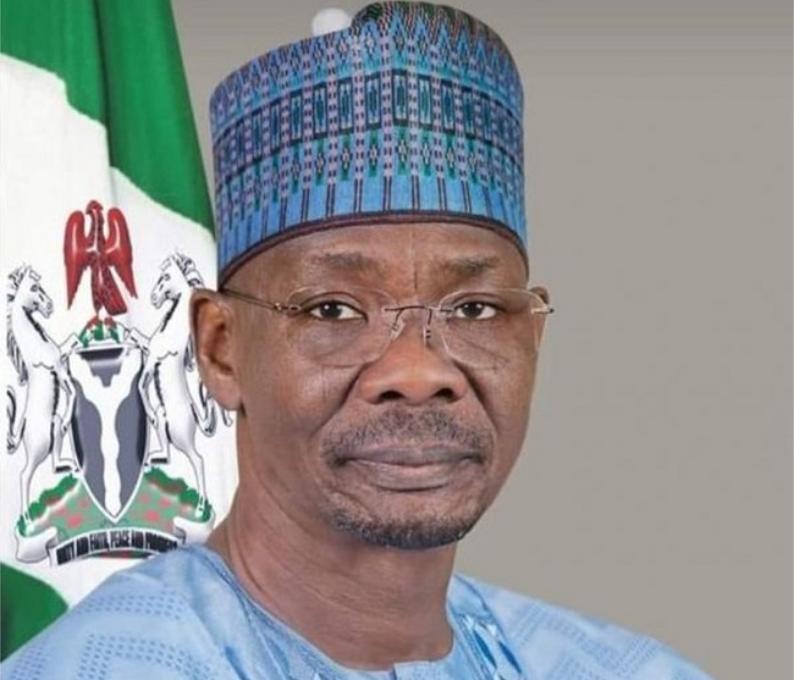Foreign News

WHO Decries 33-year Life Expectancy Gap Between Rich, Poor Countries
The World Health Organization (WHO) says on Tuesday that more than 30-year difference in life expectancy between the richest and the poorest countries highlights global health inequities.
The global health body stated this in its ‘World Report on Social Determinants of Health Equity’ launched on Tuesday by its Director-General, Dr Tedros Ghebreyesus.
The report revealed that where one was born could be the difference between living over three decades longer than someone else from a poorer country lacking safe housing, good educational opportunities and access to decent jobs.
According to the report, people in the country with the highest life expectancy will, on average, live for 33 years more than those born in the country with the lowest life expectancy.
It further revealed that lack of safe housing, good educational opportunities and access to decent jobs could be responsible for a reduction in life expectancy in both rich and poor countries alike.
“Our world is an unequal one. Where we are born, grow, live, work and age significantly influences our health and well-being,” said Ghebreyesus.
The report found that inequities in health were closely linked to degrees of social disadvantage and levels of discrimination.
“Health follows a social gradient whereby the more deprived the area in which people live, the lower their incomes are,” the UN global health agency said.
It stated that inequities’ were exacerbated in populations that face discrimination and marginalisation, such as Indigenous Peoples, who had lower life expectancies than their non-Indigenous counterparts.
According to the report, this is the case in both high and low-income countries.
The study was the first to be published since 2008 when the WHO Commission on Social Determinants of Health released its final report.
The report laid out targets for 2040 for reducing gaps between and within countries in life expectancy, childhood and maternal mortality.
It showed that these targets were likely to be missed and in spite of a scarcity of data, there was sufficient evidence to show that health inequities were often widening.
“For example, children born in poorer countries are 13 times more likely to die before their fifth birthday than in wealthier countries.
“Moreover, modelling shows that the lives of nearly two million children annually could be saved by closing the gap and enhancing equity between the poorest and wealthiest sectors of the population within low- and-middle-income countries.”
Additionally, while maternal mortality declined by 40 per cent between the years 2000 and 2023, the majority of deaths, 94 per cent, still occurred in low and lower-middle-income countries.
WHO called for collective action to address economic inequality and invest in social infrastructure and universal public services.
The agency also recommended other steps, including overcoming structural discrimination and the determinants and impacts of conflicts, emergencies and forced migration
Foreign News
Thousands Protest in Pakistan After Drone Strike Kills 4 Children

Thousands of people in north-west Pakistan on Tuesday blocked a highway by placing the coffins of four children who were killed by a suspected drone strike.
The protests in the Mir Ali area of North Waziristan region began earlier on Monday after a family home was hit, local resident Mohamed Jamal Dawar said.
It is not clear who was behind the incident.
Local activist Zahid Wazir said the drone was operated by the Pakistani military.
He said the home was likely mistaken as a hideout used by Islamist militants.
Pakistani intelligence officials said the explosives were fired by a quadcopter that was being operated by the Taliban militants to target a nearby military post, but that it missed the target.
An independent verification was not possible as the region is inaccessible to outsiders.
Activists of a local rights group, the Pashtun Tahafuz Movement, which is against the militarisation of the region by both the military and the Pakistani Taliban, vowed to continue the protest.
“We will continue to demand justice for our kids,” Wazir said.
The Pakistani military and Islamist militants have been fighting each other in the region for more than two decades.
More than 80,000 Pakistanis, an overwhelming majority of civilians, have lost their lives in years of violence. (dpa/NAN)
Foreign News
Man Executed in Indiana For Killing Police Officer

Benjamin Ritchie, 45, had been on Indiana’s death row since 2002, when he was convicted of killing Beech Grove Police Officer Bill Toney during a chase on foot.
Benjamin Ritchie, 45, had been on Indiana’s death row since 2002, when he was convicted of killing Beech Grove Police Officer Bill Toney during a chase on foot.
Ritchie was executed at the Indiana State Prison in Michigan City, according to Indiana Department of Correction officials.
IDOC said in a statement that the process started shortly after midnight and Ritchie was pronounced dead at 12:46 a.m.
Ritchie’s last meal was from the Olive Garden and he expressed love, support and peace for his friends and family, according to the statement.
Under state law, he was allowed five witnesses at his execution, which included his attorney Steve Schutte, who told reporters he had a limited view of the process.
“I couldn’t see his face. He was lying flat by that time,” Schutte said. “He sat up, twitched, laid back down.”
The process was carried out hours after the U.S. Supreme Court declined to take the case, exhausting all of Ritchie’s legal options to fight the death sentence.
Dozens of people, both anti-death penalty advocates and supporters of Toney, stood outside the prison until early Tuesday.
Indiana resumed executions in December after a year’s long hiatus due to a scarcity of lethal injection drugs nationwide.
Prison officials provided photos of the execution chamber before Joseph Corcoran’s execution, showing a space that looks like an operating room with a gurney, fluorescent lighting and an adjacent viewing room.
They’ve since offered few other details.
Among the 27 states with death penalty laws, Indiana is one of two that bars media witnesses.
The other, Wyoming, has conducted one execution in the last half-century.
The Associated Press and other media organisations filed a federal lawsuit in Indiana seeking media access, but a federal judge denied a preliminary injunction last week that would have allowed journalists to witness Ritchie’s execution and future ones.
The judge found that barring the news media doesn’t violate the First Amendment nor does it single out the news media for unequal treatment.
The execution in Indiana is among 12 scheduled in eight states this year.
Ritchie’s execution and two others in Texas and Tennessee will be carried out this week.
Ritchie was 20 when he and others stole a van in Beech Grove, near Indianapolis.
He then fired at Toney during a foot chase, killing him.
At the time Ritchie was on probation from a 1998 burglary conviction.
Toney, 31, had worked at the Beech Grove Police Department for two years.
The married father of two was the first officer of the small department to be killed by gunfire in the line of duty. (AP/NAN)
Foreign News
WHO Member States Adopt New Pandemic Treaty

Member states of the World Health Organisation (WHO) on Tuesday adopted a new pandemic treaty aimed at avoiding the panic and disarray seen during the COVID-19 crisis.
The agreement was accepted without a formal vote on the second day of the members’ annual World Health Assembly in Geneva.
As the conference chair asked whether there were any objections, silence followed, prompting him to declare the treaty adopted by consensus.
The treaty outlines measures for coordinated procurement of protective equipment during future pandemics, enhanced monitoring of diseases in both animals and humans.
There should also be the transfer of medical technology to ensure that medicines and vaccines can be produced in low-income countries.
However, several contentious details remain unresolved and are set to be negotiated separately over the next year as part of an annex to the treaty.
These include a new mechanism to accelerate vaccine production and ensure equitable distribution to poorer nations. (dpa/NAN)



















